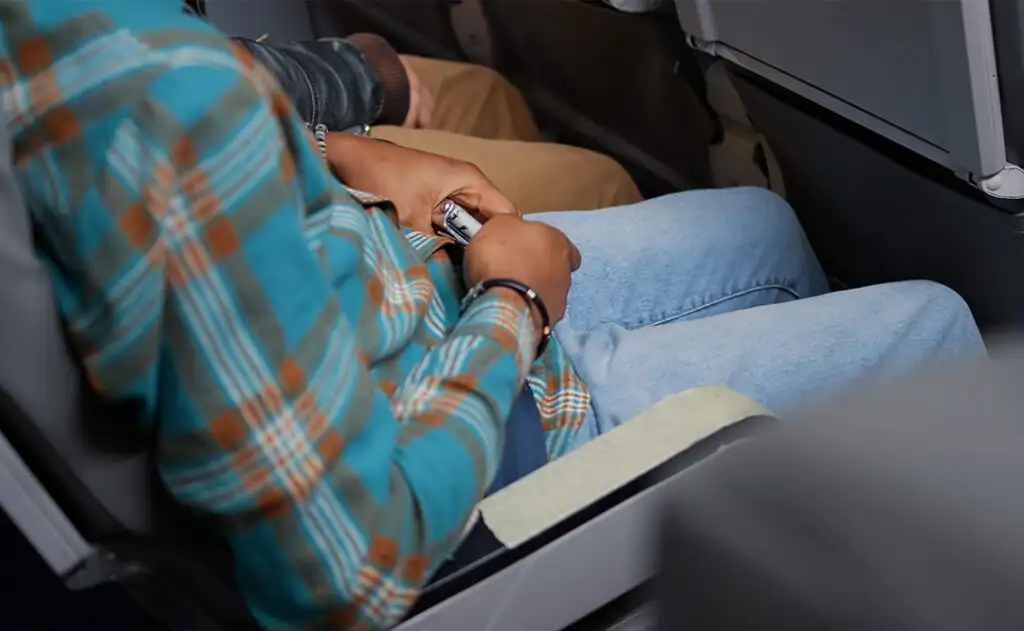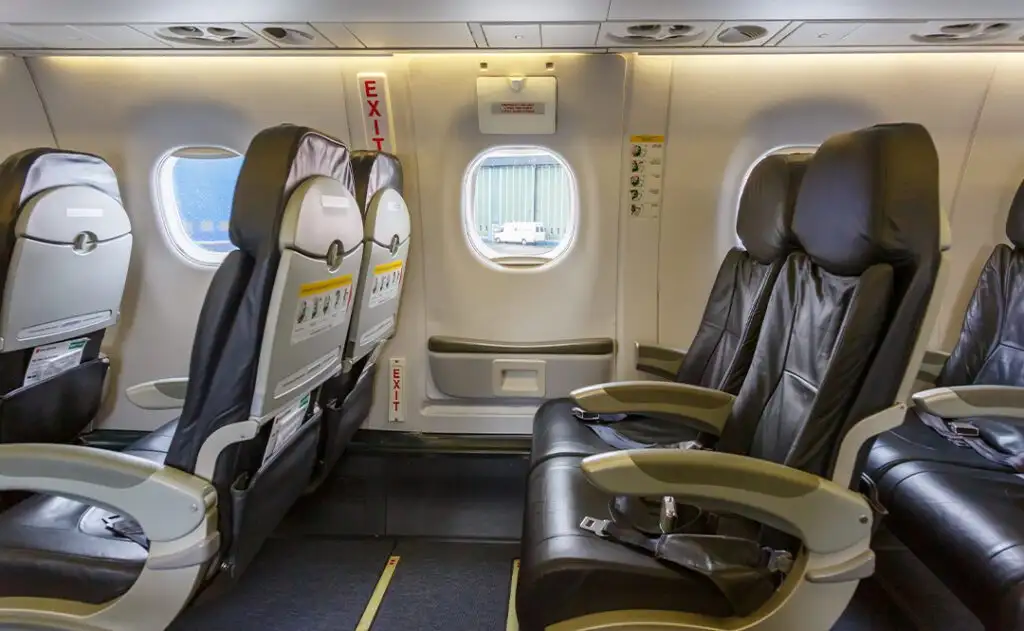Airplanes are without a doubt the most safe kind of transport. However as current occurrences (like the Alaska Airlines’ blowout and the Japan Airlines crash) have actually revealed, it is essential to be prepared. Following these ideas can increase your opportunities of survival in an in-flight emergency situation.
Read this list before your next flight, and keep in mind to put them into practice whenever you board an aircraft.
Keep Your Seat Belt Fastened at All Times

Even if the seat belt indication is off does not indicate your seat belt must be. Although pilots can frequently see when turbulence is approaching, “clear air turbulence” can take place suddenly, sending out travelers flying if they aren’t belted in.
Just unbuckle your seat belt when you’re getting up to move about the cabin, and just do so when the captain has actually shown that it’s safe to do so.
Constantly Listen to the Pre-Flight Security Rundown
If you’re a regular leaflet, it’s simple to ignore the pre-flight security rundown from the flight attendants. Nevertheless, the security rundown modifications based upon the kind of airplane you’re flying, and it is essential to find out the place of exits and other vital security info for each flight.
Similarly, offer the security rundown card in your seatback a fast research study, as it will provide crucial security ideas in an easy-to-remember pictorial format. This is specifically crucial if you’re seated in a fire escape row and might be hired to open the exit door– you do not wish to lose valuable time in an emergency situation attempting to check out the instructions and find out how to do it.
Utilize an Authorized Kid Seat for Children
You would not let your kid trip in an automobile without a seat belt, so why would you let them fly without one? The Federal Air Travel Administration (FAA) advises purchasing kids their own seats and making use of an authorized security gadget.
The FAA states, “The most safe location for your kid under the age of 2 on a U.S. plane remains in authorized kid restraint system (CRS) or gadget, not in your lap. Your arms aren’t efficient in holding your in-lap kid firmly, specifically throughout unforeseen turbulence, which is the primary reason for pediatric injuries on an aircraft.”
The FAA highly advises, “Purchasing a ticket for your kid is the only method to ensure that you will have the ability to utilize a CRS. It’s the wise and best thing to do so that everybody in your household shows up securely at your location.”
To discover an FAA-approved CRS gadget, check out KidsFlySafe.com, which has links to buy these systems straight.
Count the Rows to the Fire Escape

When you have actually taken your seat, take a minute and count the rows to the closest fire escape, remembering that it may be behind you. In case of an emergency situation, the cabin might be dark and filled with smoke, making it difficult to see where you can go out.
If you understand the number of rows stand in between you and the exit, you can feel your escape of the airplane, even if exposure is nonexistent.
Keep Your Shoes on
If you need to leave an aircraft in an emergency situation, you might need to encounter a hot tarmac that’s cluttered with sharp items. Keeping your shoes on throughout a flight assists you remain prepared in case you need to run away.
When you fly, select slip-on or lace-up shoes that will stay firmly on your feet if you’re running, and do not use high heels– sharp stilettos can pierce the inflatable slides.
The post 5 Important Security Tips for Flying appeared initially on SmarterTravel